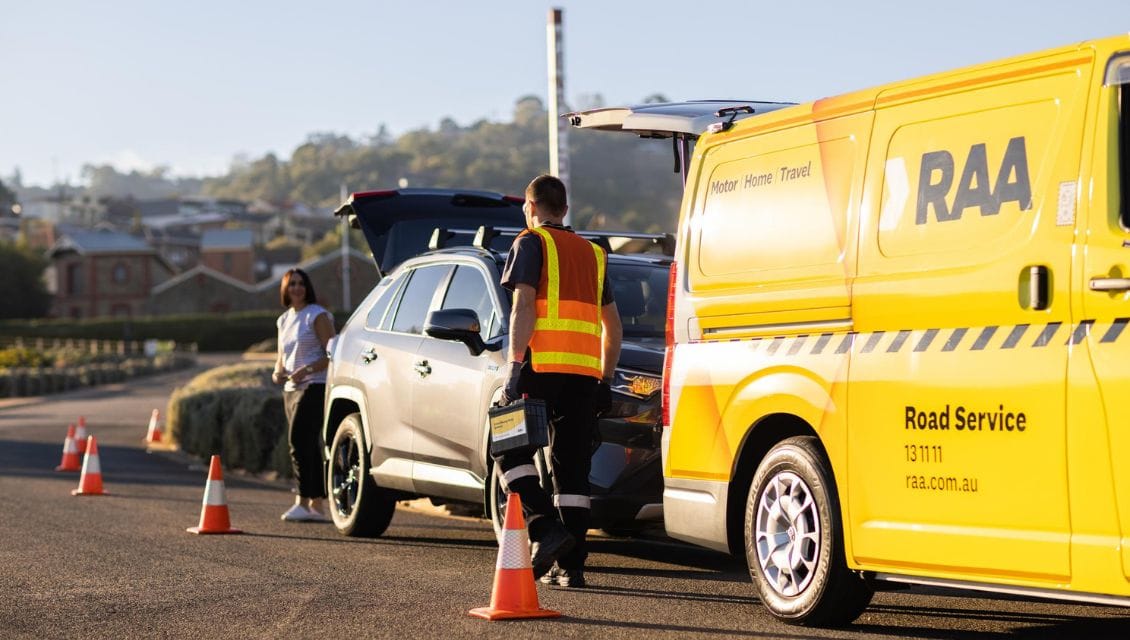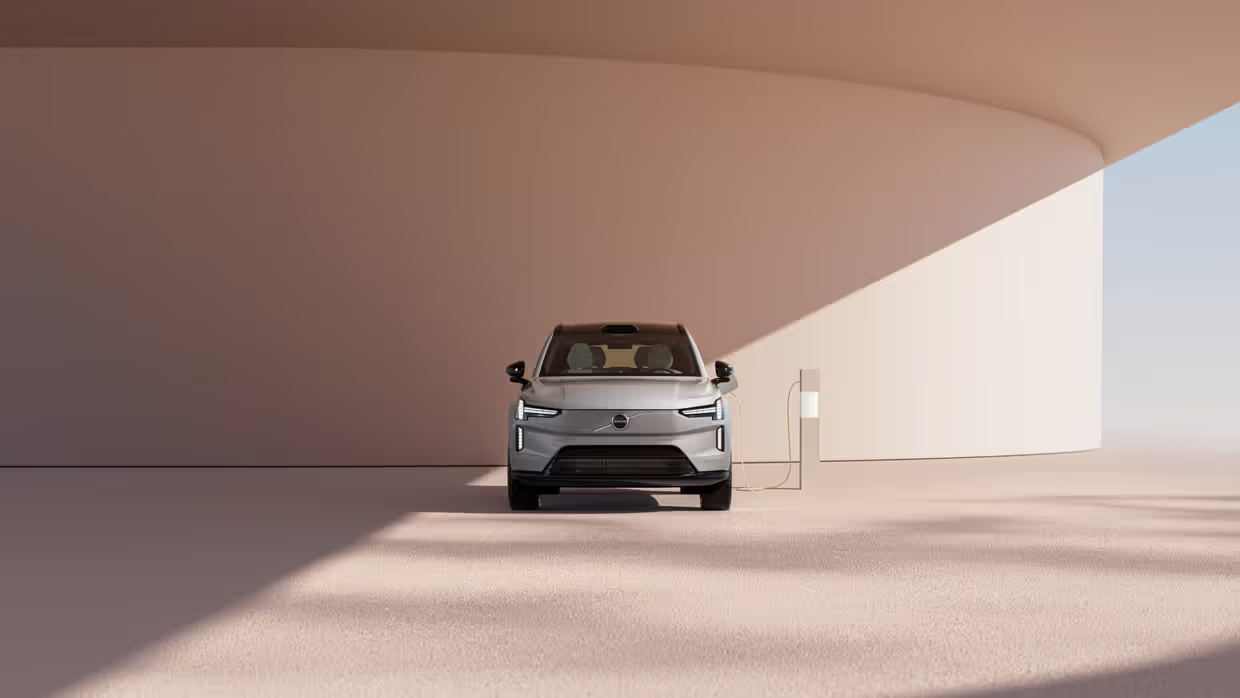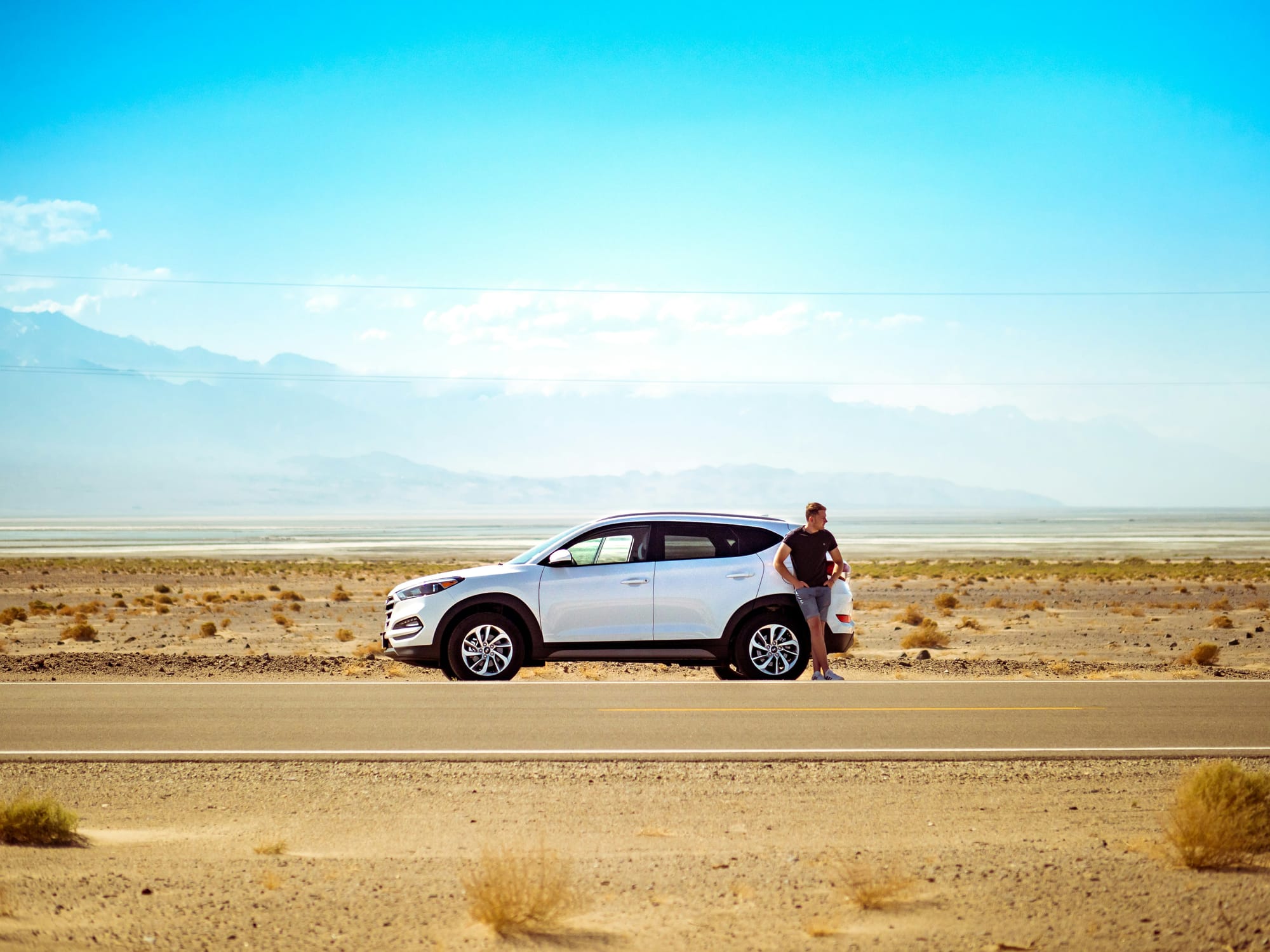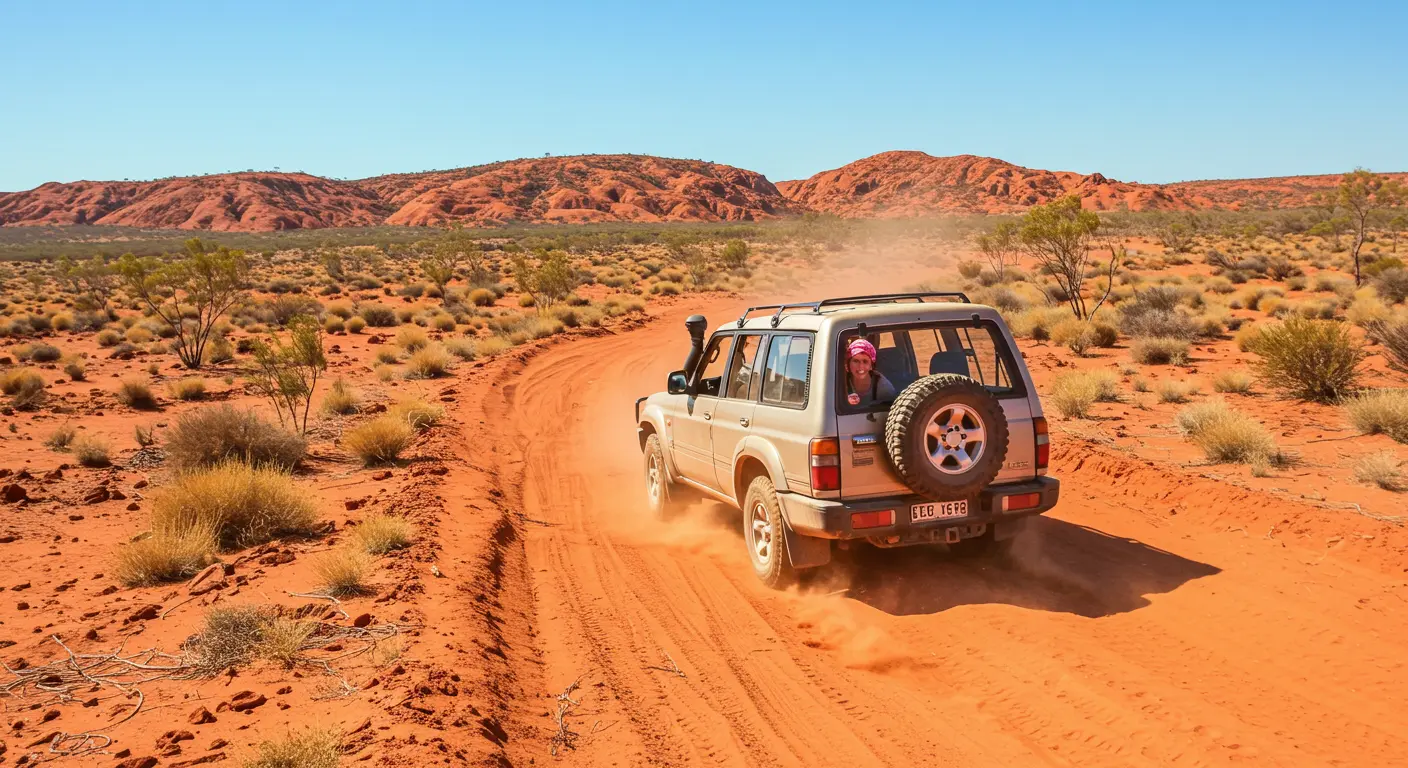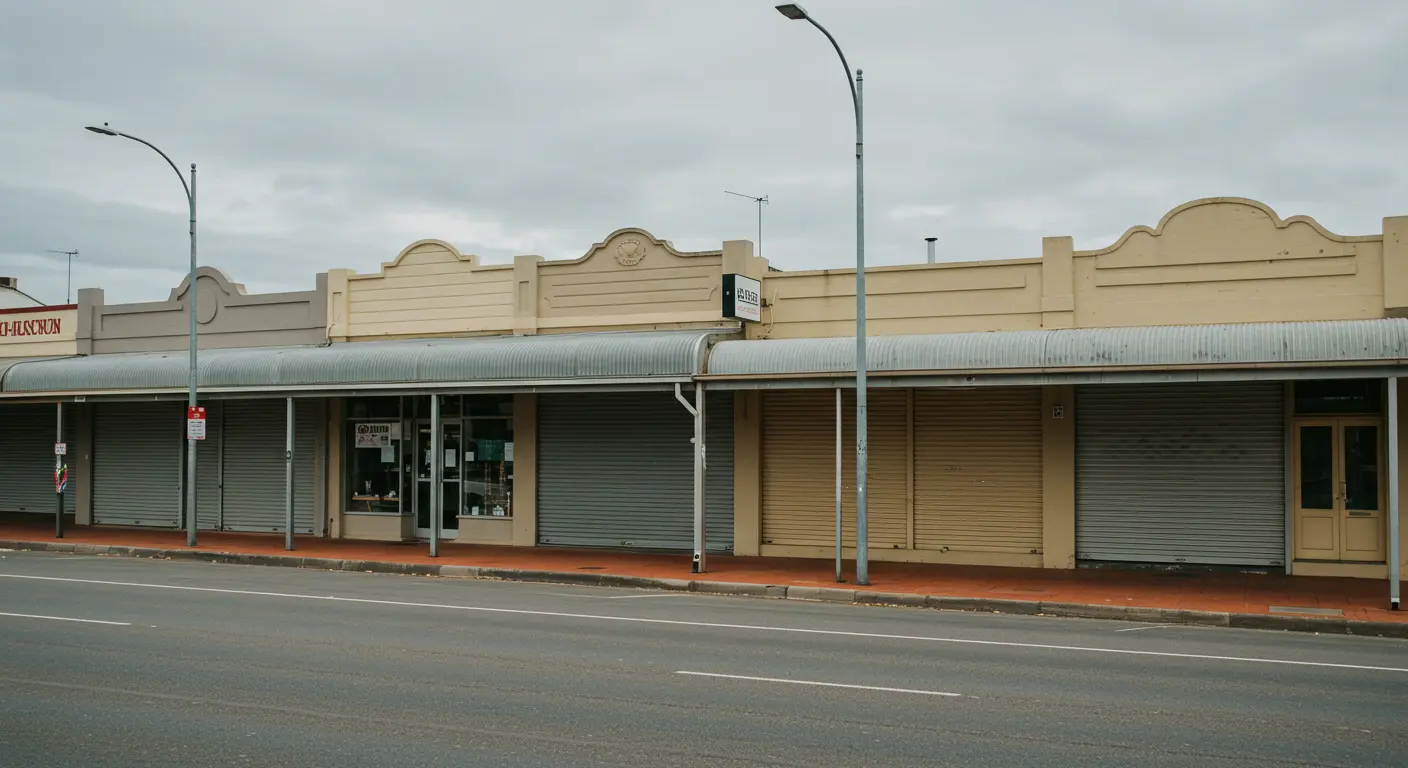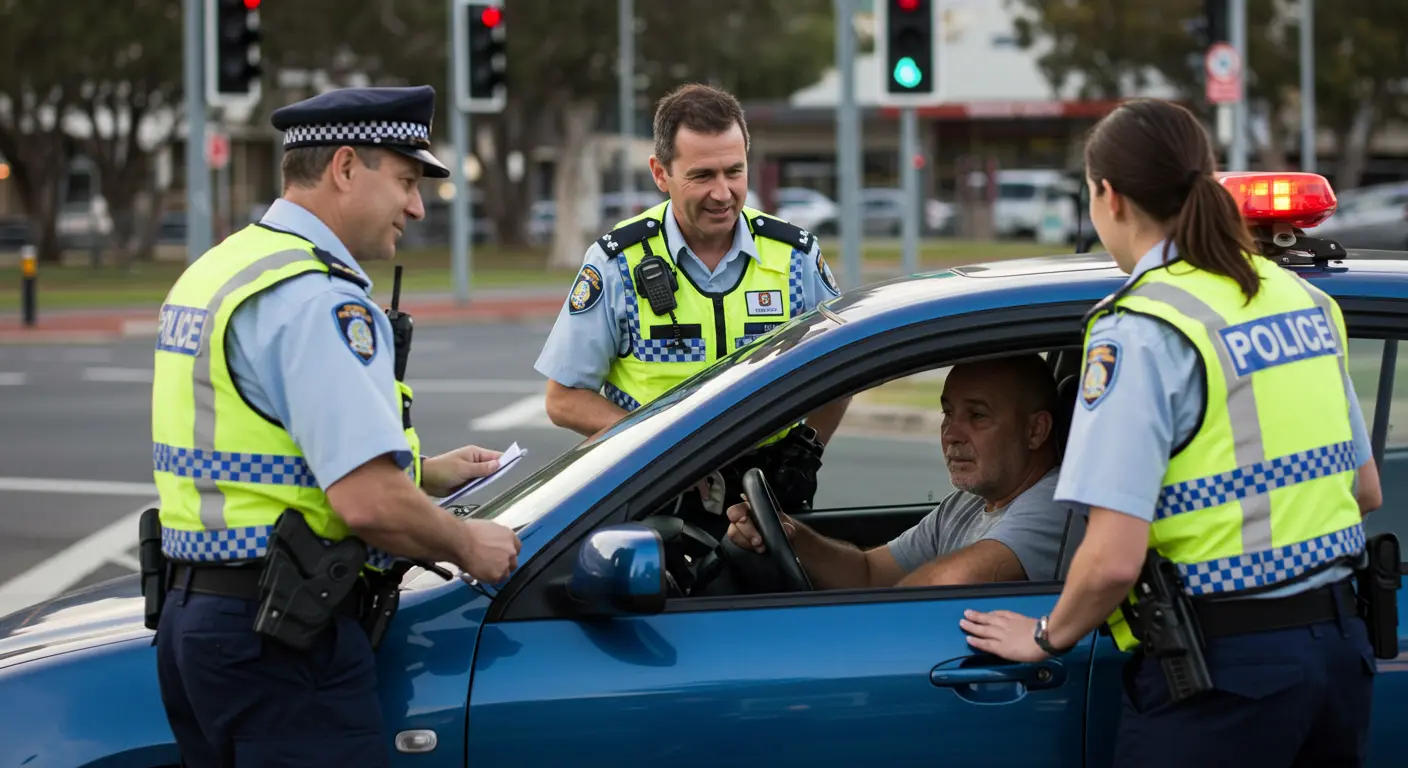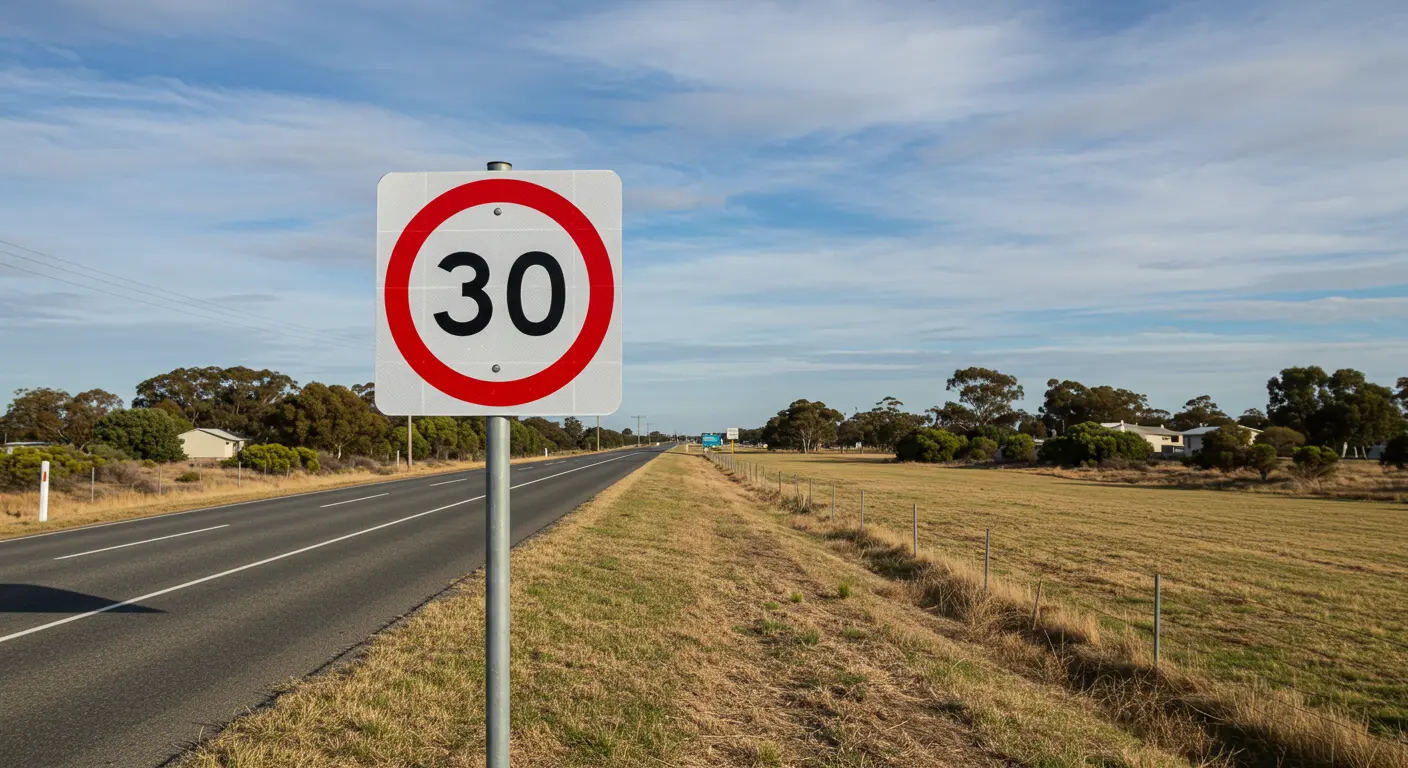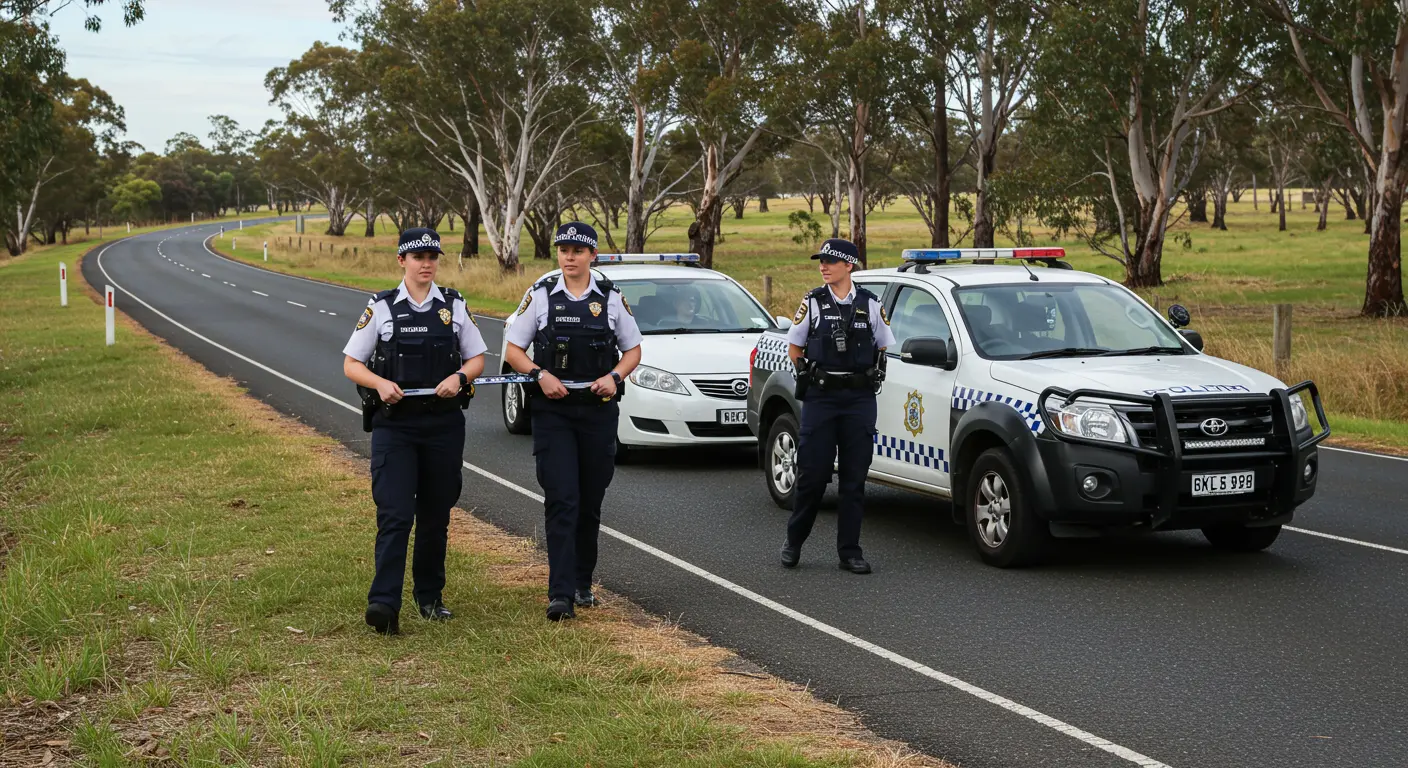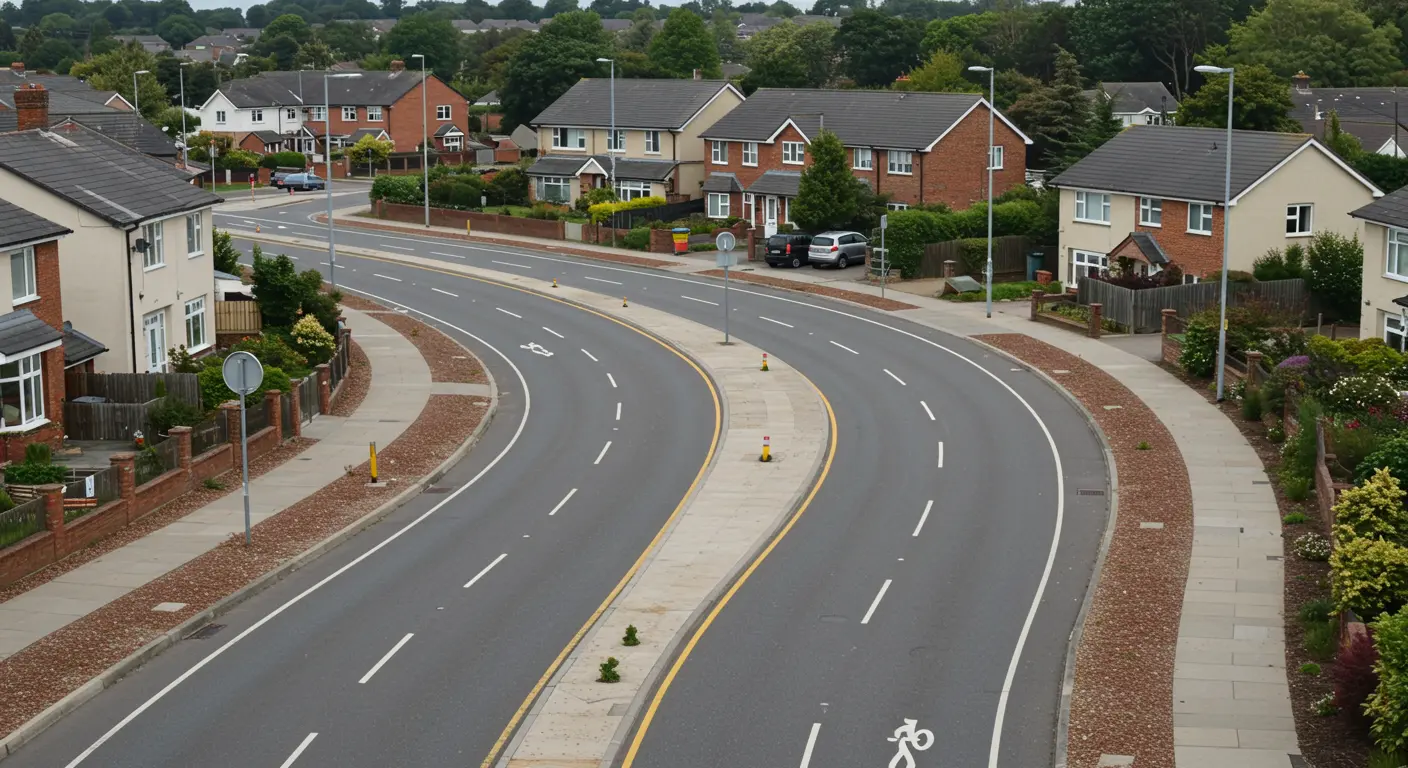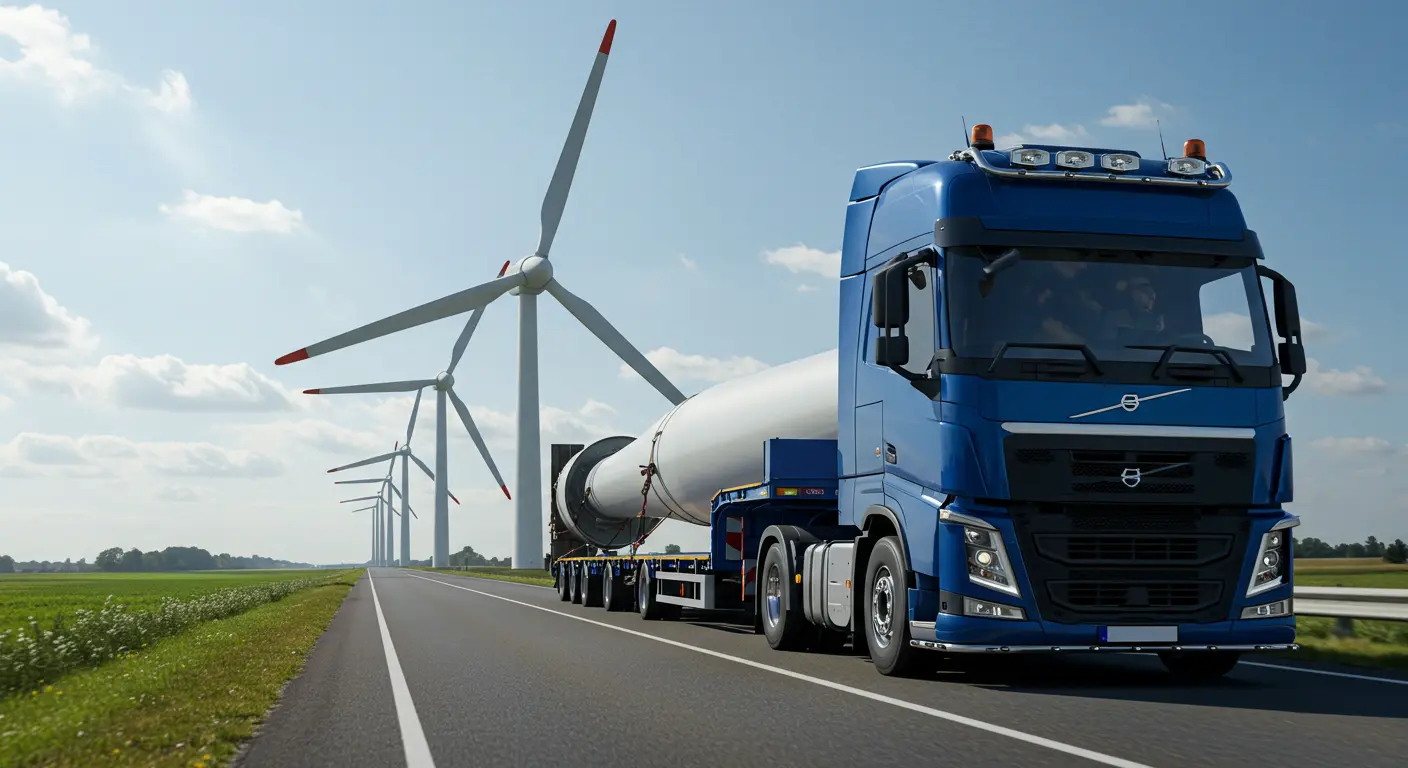In an era where vehicles are becoming increasingly reliable, Australia's roadside assistance industry is experiencing an unexpected boom. The market is not just surviving but thriving through technological innovation and strategic adaptation to changing consumer needs.
The Digital Revolution in Roadside Services
The traditional image of a breakdown service has undergone a dramatic transformation. Modern roadside assistance now leverages advanced technology to deliver faster, more efficient service. GPS tracking and mobile apps have revolutionized the industry, reducing response times by up to 60% through precise location tracking. This digital shift is evident in consumer behavior, with 75% of customers now preferring to request assistance through apps rather than traditional phone calls.
Electric Vehicles: A New Frontier
As Australia moves toward its ambitious 76% electric vehicle adoption target by 2030, roadside assistance providers are pivoting to meet new challenges. NRMA, Australia's leading provider, has already established over 130 charging stations nationwide, while 8% of their current callouts involve EV-specific issues such as charging and battery problems, as well as towed vehicles due to tyre problems plagued by the shift of EV's shying away from spare tyres. This shift represents a fundamental change in the nature of roadside assistance, from traditional mechanical support to tech-oriented solutions.
The Paradox of Modern Vehicle Ownership
Despite improvements in vehicle reliability, the demand for roadside assistance remains strong. A surprising statistic reveals that 80% of Australian drivers experience breakdowns, highlighting the continued relevance of these services. The nation's aging vehicle fleet, averaging 10.6 years old, contributes significantly to this ongoing demand.
Technology-Driven Growth
The global roadside assistance market is projected to expand from $26 billion in 2024 to $43.8 billion by 2030. This growth is driven by several technological advancements:
- Smart vehicle integration has enabled 43% faster response times through telematics systems
- Mobile charging units and advanced battery diagnostics cater to the growing EV market
- AI-powered predictive maintenance systems help prevent breakdowns before they occur
Consumer Behavior and Market Adaptation
An interesting market contradiction shows that while vehicles are becoming more reliable, consumer demand for assistance services remains high. Approximately 16% of Australians maintain unused roadside assistance subscriptions, amounting to roughly $189 million annually. This suggests a strong value placed on peace of mind despite improving vehicle technology.
The Future of Roadside Assistance
Innovation continues to shape the industry's future. Success stories like Digicall Assist's implementation of InQ-IQ technology, which reduced wait times by 43%, demonstrate the impact of technological investment. Strategic partnerships, such as the collaboration between Stellantis and NRMA for EV-focused assistance, indicate a shift toward specialized service offerings.
Customer Satisfaction and Service Evolution
The industry maintains high customer satisfaction levels, with NRMA leading at 94% satisfaction rates. Companies like 24/7 Roadside Assistance have achieved similar success through app-based subscription models, showing that traditional service providers can successfully transition to digital-first approaches.
Final Comments:
Australia's roadside assistance industry in 2025 represents a sector successfully navigating the challenges of technological disruption. Rather than facing decline, providers are evolving their services to meet changing consumer needs, particularly in the EV space. This adaptation, coupled with strategic technological implementation, positions the industry for continued growth in an increasingly digital automotive landscape.
